
The receding of the hairline is one of the most obvious and common signs of hair loss in both men and women. It usually begins with thinning at the temples and then spreads backwards with a transformation of your whole look. The question many pose is, is it possible to regrow a natural-looking hairline and prevent further loss by a hair transplant? The solution is in the new medical treatment that has made hair restoration more successful and natural than ever.
Learning About Receding Hairlines:
A receding hairline is normally initiated due to genetic factors, hormones, or age. In men, it is usually related to male pattern baldness, whereas in women, it can be thinning of the front of the head. Early recession of the hairline may also be caused by environmental stress, poor nutrition, and some medications. Although there are topical agents that can delay the process of hair thinning, once the follicles cease to create hair, surgery is the most reliable option. This is where hair transplant procedures are involved (it offers a lasting, natural growth by transferring healthy follicles to the region where they are needed).
How Do Hair Transplants Work?
The current methods of hair transplantation, such as FUE ( Follicular Unit Extraction ) and FUT ( Follicular Unit Transplantation,) are aimed at the reconstruction of the natural hairstyle, paying attention to perfection and style. Such techniques include the removal of hair follicles in the donor site, typically, at the back or sides of the head, and inserting them in the areas where hair is thinning or bald. Here’s how it helps:
- FUE Technique: It is a technique that involves the removal and transplantation of single follicles, leaving little scars and a natural look.
- FUT Technique: In this method, a hollow is made on the scalp, which is removed in small strips and separated into grafts before implantation, which can cover a larger area of the head when it is necessary.
The two methods give long-term effects as the transplanted follicles are insensitive to the hormone that causes hair loss (DHT). After healing, the new hairline develops and forms naturally, and is combined with the other hair.
Reasons Why Hair Transplants are Useful for a Receding Hairline:
The best thing about hair transplants is that they produce real and living hair follicles that will grow throughout life. As opposed to temporary treatment, they have long-term outcomes that enhance physical appearance and confidence. Key benefits include:
- Natural-looking outcomes: Hair growth is, as is original, in form and texture.
- Permanent solution: Genetically modified follicles transplanted are resistant to losing their hair.
- Low downtime: The majority of patients resume normal functions in a couple of days.
- Growth in confidence: Re-grown hairline usually lifts the harmony and self-esteem of the face.
The required number of grafts depends on the severity of the loss of hair, the density of hair in the donor region, and the coverage necessary. The average restoration of a receding hairline can take between 1,500 and 3,000 grafts, depending on an individual’s requirements.
What is the Cost of a Hair Transplant in Islamabad?
An average hair transplant in Islamabad would cost between PKR Rs: 85,000 and Rs: 185,000, depending on a variety of factors. Also, consulting with an experienced hair restoration professional would guarantee that you get an individualized treatment program that fits your goals. They include:
Factors That Affect the Cost:
- Technique used (FUE or FUT)
- Number of grafts required
- Reputation and technology of the Clinic.
- Pre- and post-treatment care
Why Choose Royal Hair Transplant For Ideal Results?
The permanence of a hair transplant is one of the most outstanding things. The transplanted follicles, once planted in the scalp, grow their hair naturally over several years. Such results will be long-term provided that there is scalp care and proper nutrition. Although the process does not result in subsequent thinning in untreated regions, it goes a long way to restoring the natural hairline, which makes you look younger and holds back your confidence.
Book Your Consultation Right Now!
When you are sick and tired of concealing a receding hairline and you are ready to restore your natural appearance, it is time to consider the advantages of having a hair transplant. Book your consultation in Royal Hair Transplant now and make the first step towards a permanent solution to hair restoration. This is where your quest to look fuller and confident starts.
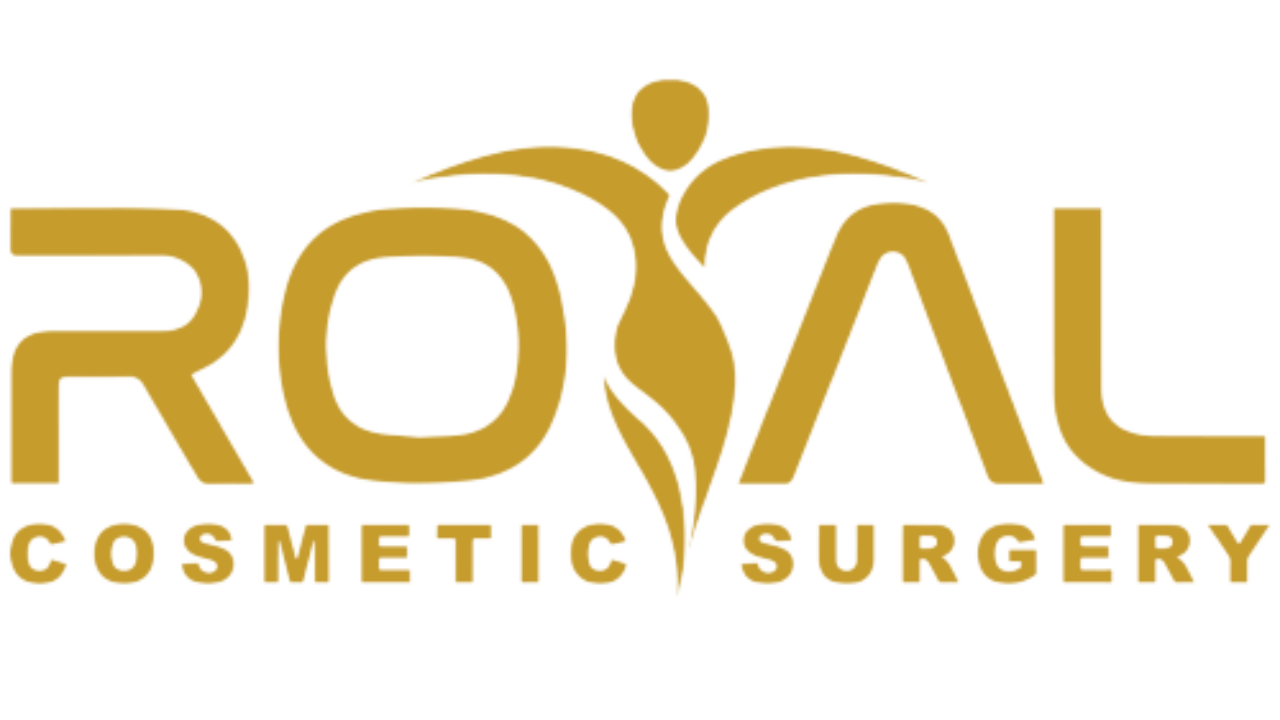


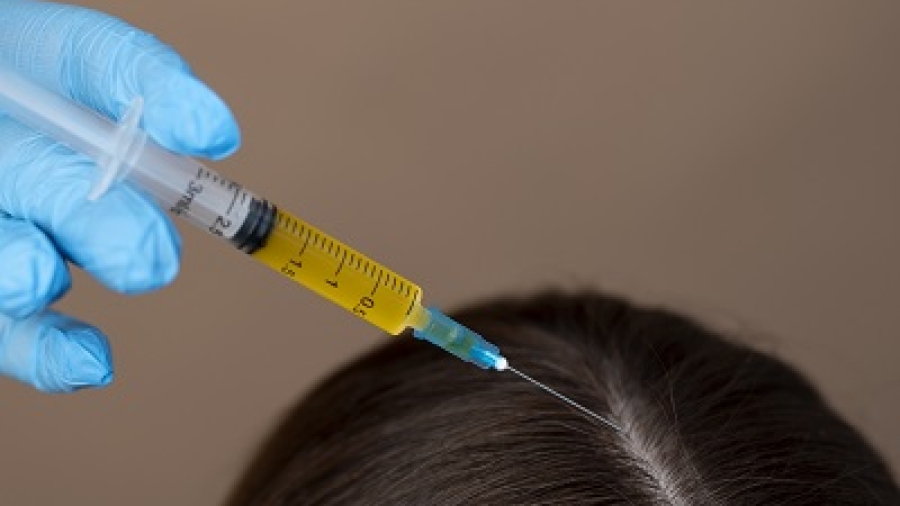
 PRP stands for Platelet-Rich Plasma, a treatment made from your blood to help the body heal, obviously and fast. It is extensively used for hair loss, skin rejuvenation, and joint pain relief. At
PRP stands for Platelet-Rich Plasma, a treatment made from your blood to help the body heal, obviously and fast. It is extensively used for hair loss, skin rejuvenation, and joint pain relief. At 
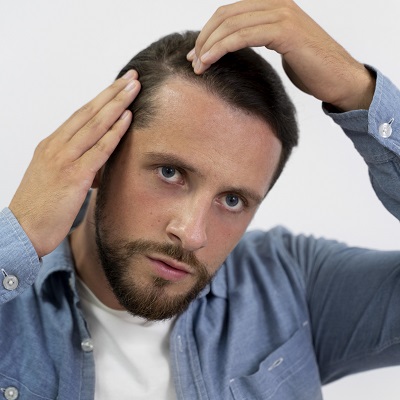 Hair loss may be a serious confidence killer. Whether it’s genetic, hormonal, or stress-related, dropping hair affects how we feel about our appearance. One of the most reliable solutions to permanent hair loss is the
Hair loss may be a serious confidence killer. Whether it’s genetic, hormonal, or stress-related, dropping hair affects how we feel about our appearance. One of the most reliable solutions to permanent hair loss is the 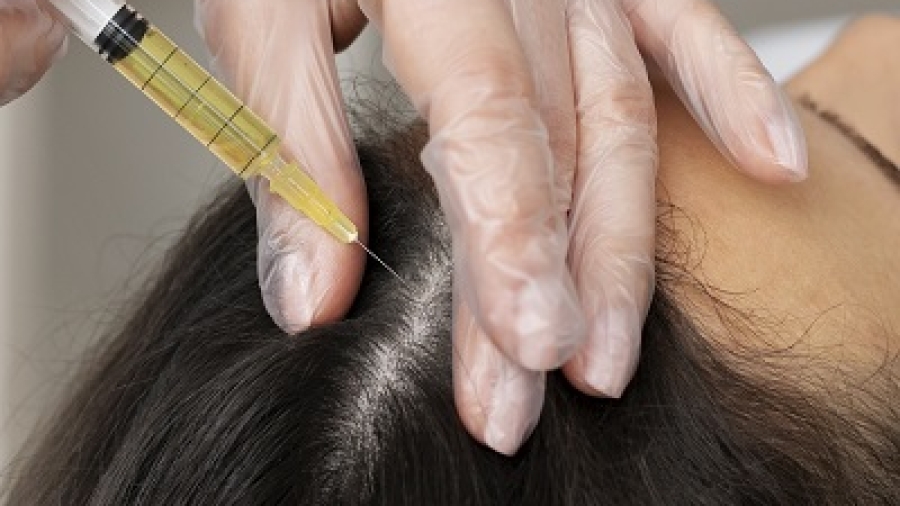
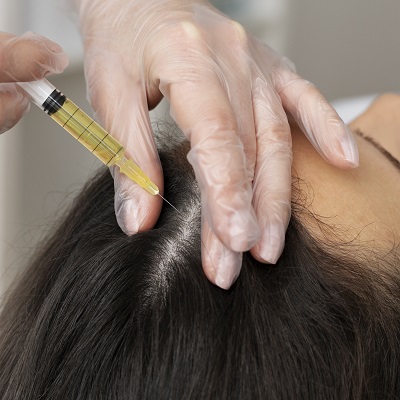 Hair loss is very common nowadays, but hair transplant surgery is claimed to be the best solution. Though it is not everyone has the heart to undergo surgery. Most people avoid surgical treatments and always look for better, non-invasive options.
Hair loss is very common nowadays, but hair transplant surgery is claimed to be the best solution. Though it is not everyone has the heart to undergo surgery. Most people avoid surgical treatments and always look for better, non-invasive options.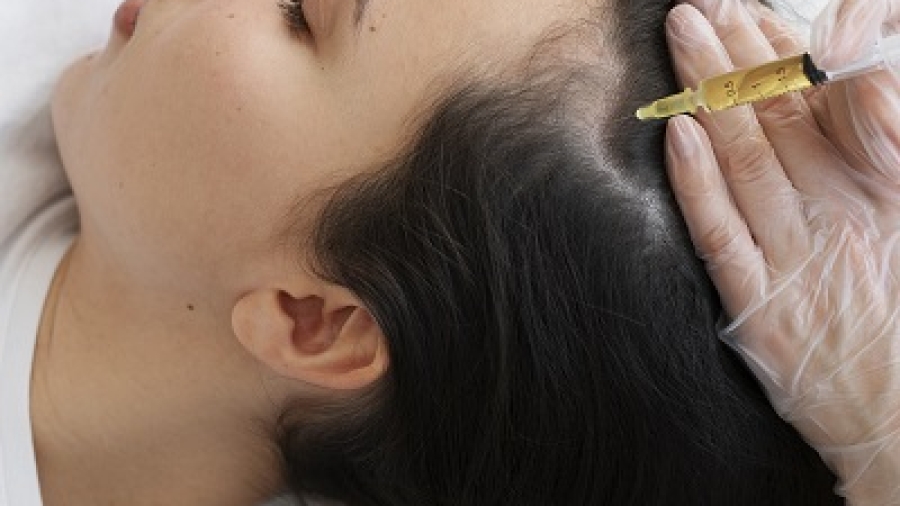
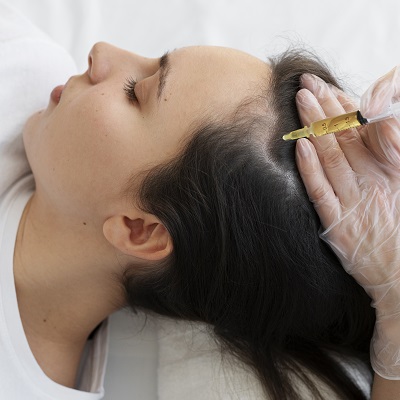 Hairfall is a common problem faced by everyone nowadays, which can be really hard to deal with. And with the rise in problems, there are now many treatments that claim to treat hair fall, including Hair Transplant,
Hairfall is a common problem faced by everyone nowadays, which can be really hard to deal with. And with the rise in problems, there are now many treatments that claim to treat hair fall, including Hair Transplant, 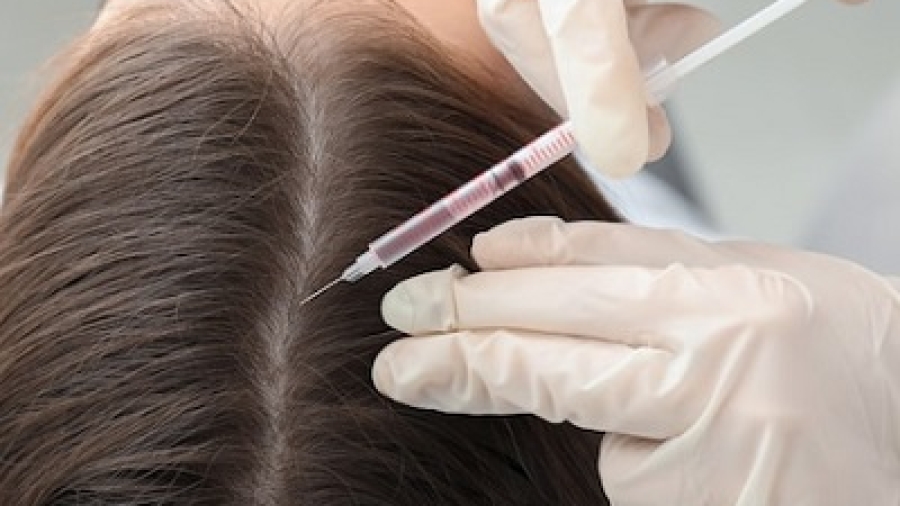
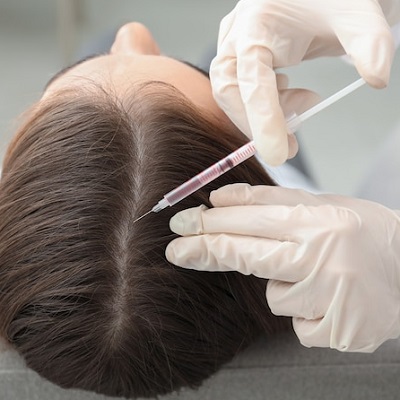 Hair loss can be annoying. If you are struggling, then you must be wondering, “What is the Best Method for Hair Restoration?” One of the best hair transplantation methods is the
Hair loss can be annoying. If you are struggling, then you must be wondering, “What is the Best Method for Hair Restoration?” One of the best hair transplantation methods is the 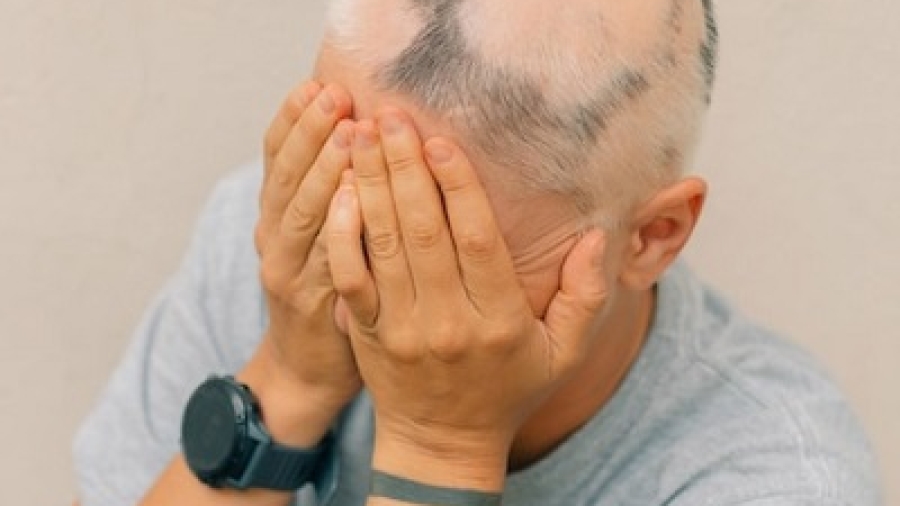
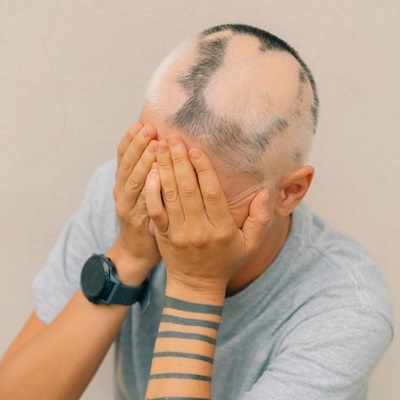 Hair transplant is one of the most effective hair restoration treatments. Now with the advancements, a new technique is being used by doctors called FUE( follicular unit extraction) in which a single hair unit is taken from the donor site and is then transplanted to the bald area. Most people wonder, Is FUE hair transplant risky? The answer is no, though it has temporary side effects, but with proper aftercare, you can avoid them or cure them.
Hair transplant is one of the most effective hair restoration treatments. Now with the advancements, a new technique is being used by doctors called FUE( follicular unit extraction) in which a single hair unit is taken from the donor site and is then transplanted to the bald area. Most people wonder, Is FUE hair transplant risky? The answer is no, though it has temporary side effects, but with proper aftercare, you can avoid them or cure them.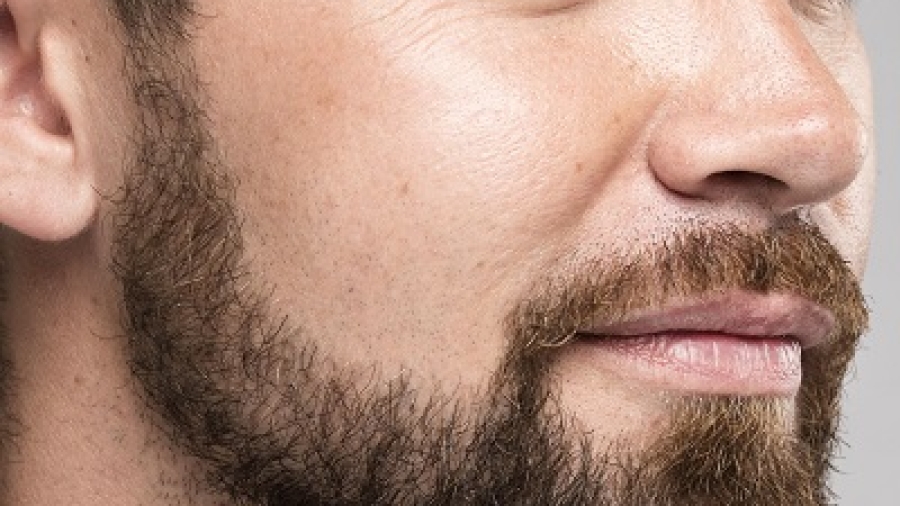
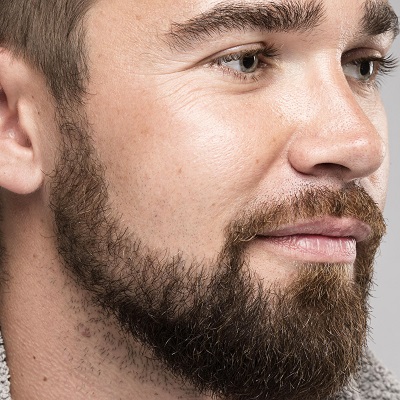 If you’re considering a beard hair transplant in Islamabad or elsewhere, you’re probably asking yourself: How likely is it to be successful? The better news? Beard hair transplants are very successful, typically between 90% to 95% if performed by a qualified surgeon. That is to say that most of the hairs implanted will grow naturally and permanently. Our patients at
If you’re considering a beard hair transplant in Islamabad or elsewhere, you’re probably asking yourself: How likely is it to be successful? The better news? Beard hair transplants are very successful, typically between 90% to 95% if performed by a qualified surgeon. That is to say that most of the hairs implanted will grow naturally and permanently. Our patients at 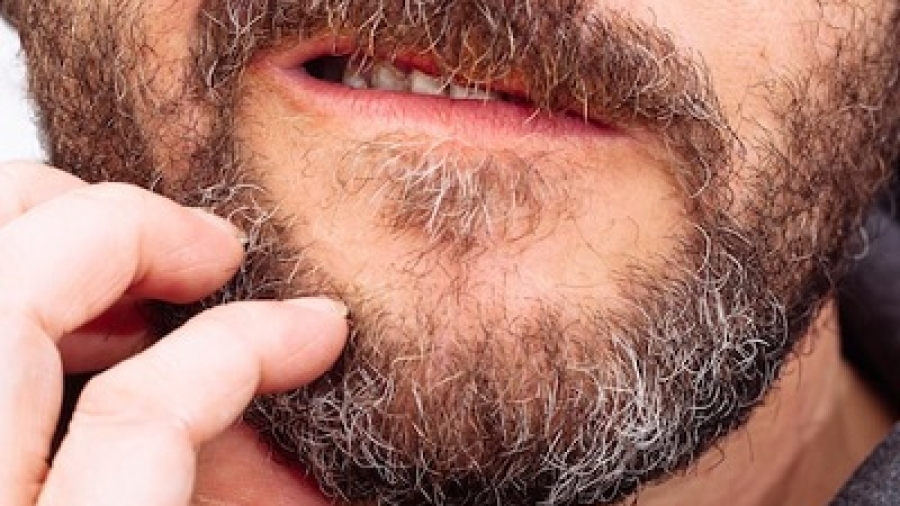
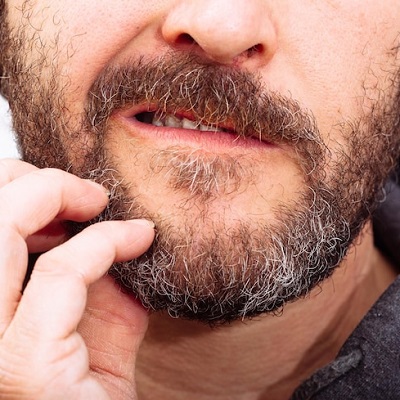 Struggling with hair loss or dense or patchy beard and have been looking for “
Struggling with hair loss or dense or patchy beard and have been looking for “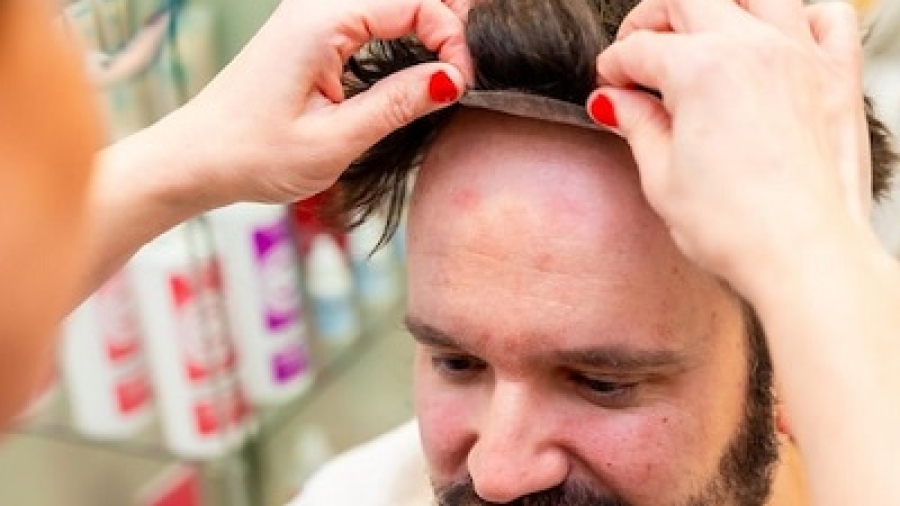
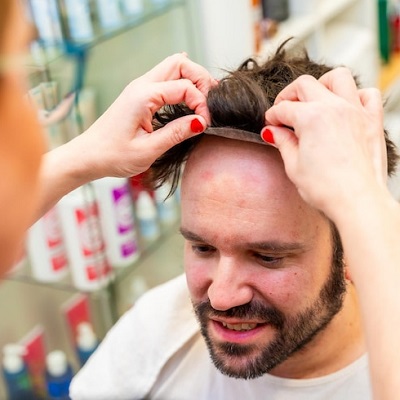 Follicular Unit Transplantation, or FUT, is a well-known technique of permanent hair restoration. The success rate for
Follicular Unit Transplantation, or FUT, is a well-known technique of permanent hair restoration. The success rate for